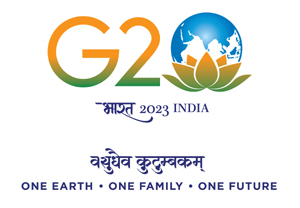
utilities
Query Now
Weather
The climate in Bangladesh is dramatic, to say the least. It is subtropical and tropical with temperatures ranging from as low as 3ºC overnight in the cold season to a daytime top of above 40ºC in the hot season. Annual rainfall varies from 1000mm in the west to 2500mm in the southeast, and up to 5000mm in the north, near the hills of Assam.
Three-quarters of the annual rainfall occurs between June and September. The 90% to 95% humidity in this season is almost unbearable.
In the cold season the weather is drier and fresh, with average daytime temperatures of 24ºC. Rainfall is negligible, although even in winter a brief shower may come along.
While early March can still be pleasant, by April, as the monsoon approaches, humidity increases and lethal hailstorms aren’t uncommon. The monsoon season usually starts between late May and mid-June. It doesn’t rain solidly all day – there tends to be an initial downpour, followed by clear skies. You should avoid visiting at this time of year!
When to go
Bangladesh has three main seasons: the monsoonal season (wet season) from late May to early October; the cool season from mid-October to the end of February; and the hot season from March to mid-May.
Between October and February is the best time to go: skies are blue, days are sunny and the weather is dry, with daytime temperatures averaging 24ºC. By April the temperature rises to around 40ºC, the humidity can be intolerable and hailstorms aren’t uncommon. On average, Bangladesh is hit by one major cyclone every three years. The worst times for these are May and June, and October and November.
The only festival that may really inconvenience you is Ramadan. During this month-long period of fasting, getting food (especially in small towns) can be difficult. Some budget hotels stop operating altogether.
Click here to check weather information for cities in bangladesh











